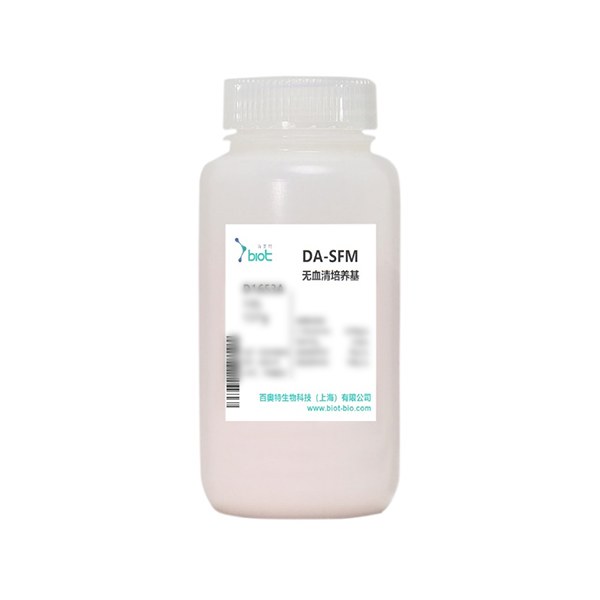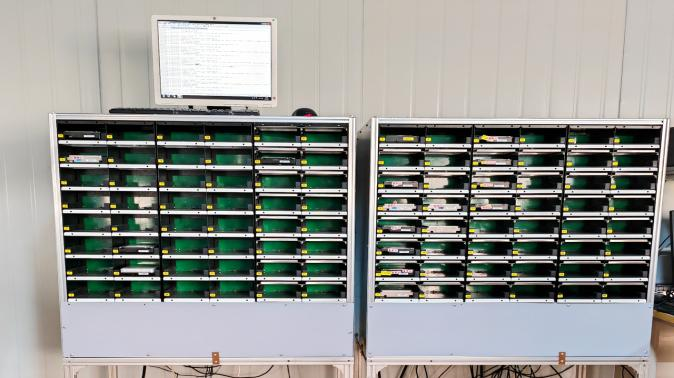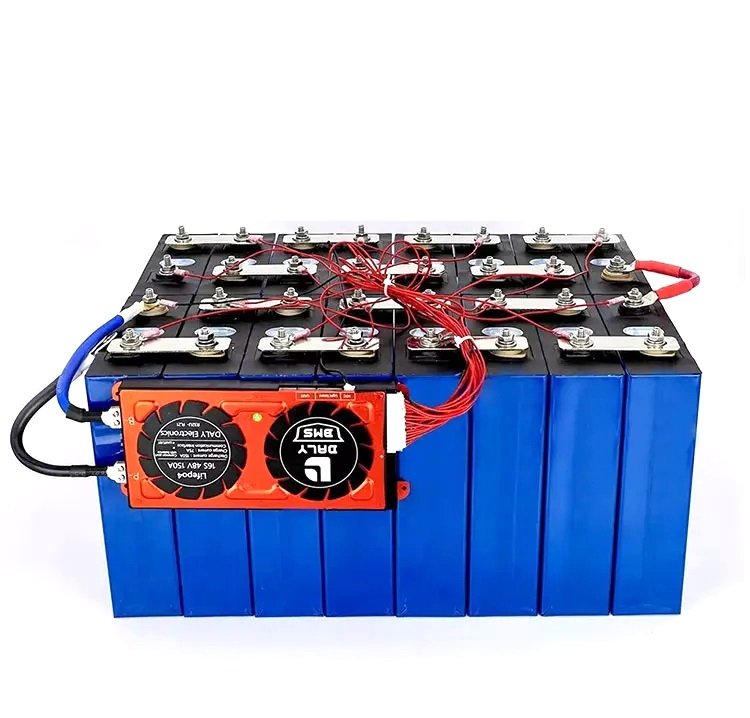In the modern world, plastic has become an integral part of our daily lives, from packaging and consumer goods to medical devices and construction materials. However, the convenience of plastic comes at a significant environmental cost. As we delve into the complexities of plastic pollution, it is crucial to identify which types of plastics are the most detrimental to our ecosystems. This article explores the various types of plastics, their environmental impacts, and potential solutions to mitigate their pollution.
Understanding Plastic Types and Their Environmental Footprint
Plastics are categorized into several types based on their chemical composition and properties. The most common types include:
- Polyethylene Terephthalate (PET): Widely used in beverage bottles and food containers, PET is recyclable but often ends up in landfills and oceans due to improper disposal. Its lightweight nature makes it susceptible to wind and water transport, contributing to marine pollution.
- High-Density Polyethylene (HDPE): Commonly found in milk jugs, detergent bottles, and plastic bags, HDPE is more durable than PET. However, like PET, it is often not recycled properly, leading to significant environmental accumulation.
- Polyvinyl Chloride (PVC): Used in pipes, flooring, and medical equipment, PVC is notorious for its toxic additives and the release of harmful chemicals during production and disposal. Its durability means it can persist in the environment for decades, making it a serious pollutant.
- Low-Density Polyethylene (LDPE): Often used in plastic bags and food wraps, LDPE is less harmful than other plastics but still poses a threat to wildlife and ecosystems when not disposed of correctly.
- Polypropylene (PP): Found in food containers, straws, and automotive parts, polypropylene is recyclable but often not accepted in curbside recycling programs. Its prevalence in single-use items contributes to its pollution.
- Polystyrene (PS): Commonly used in disposable cutlery, plates, and foam packaging, polystyrene is one of the most problematic plastics. It breaks down into microplastics, which are ingested by marine life, entering the food chain and posing health risks to both wildlife and humans.
The Most Polluting Plastics: A Closer Look
Among these types, polystyrene (PS) and polyvinyl chloride (PVC) are often cited as the most polluting plastics.
- Polystyrene: Its lightweight and buoyant nature allows it to easily enter waterways, where it breaks down into microplastics. These microplastics are not only harmful to marine organisms but also accumulate in the food chain, posing risks to human health. The production of polystyrene also releases harmful chemicals, contributing to air and water pollution.
- Polyvinyl Chloride (PVC): The production and incineration of PVC release dioxins, which are highly toxic and can cause serious health issues, including cancer. PVC's long lifespan in the environment means that it can persist for hundreds of years, leaching harmful chemicals into soil and waterways.
The Broader Environmental Impact
The environmental impact of these plastics extends beyond their physical presence in ecosystems. The production processes for these materials are energy-intensive and contribute significantly to greenhouse gas emissions. Furthermore, the degradation of plastics releases microplastics into the environment, which can absorb and concentrate toxic pollutants, leading to a cycle of contamination.
Solutions and Mitigation Strategies
Addressing plastic pollution requires a multifaceted approach:
- Improved Recycling Programs: Enhancing recycling infrastructure and public awareness can significantly reduce the amount of plastic waste that ends up in landfills and oceans.
- Biodegradable Alternatives: Investing in research and development of biodegradable plastics can provide sustainable alternatives to traditional plastics, reducing long-term environmental impacts.
- Legislation and Policy Changes: Governments can implement stricter regulations on plastic production and waste management, encouraging industries to adopt more sustainable practices.
- Public Education and Awareness: Educating consumers about the impacts of plastic pollution and promoting responsible consumption can lead to more informed choices and reduced plastic use.
Conclusion
Identifying the types of plastics that pollute the most is a critical step in combating plastic pollution. Polystyrene and PVC stand out as significant contributors to environmental degradation, posing risks to wildlife and human health. By understanding the implications of plastic use and implementing effective solutions, we can work towards a cleaner, more sustainable future. The fight against plastic pollution is not just an environmental issue; it is a collective responsibility that requires action from individuals, industries, and governments alike.


